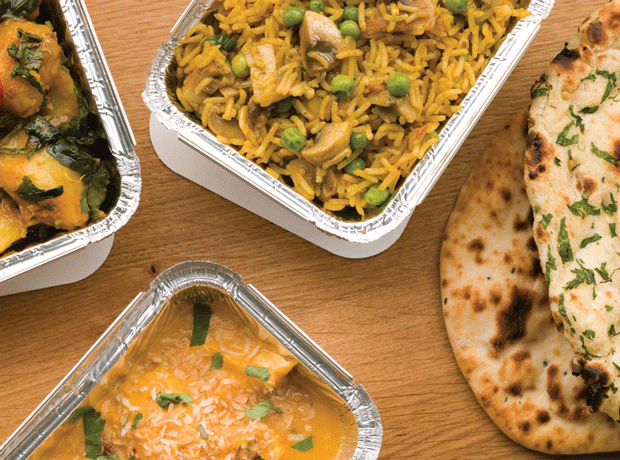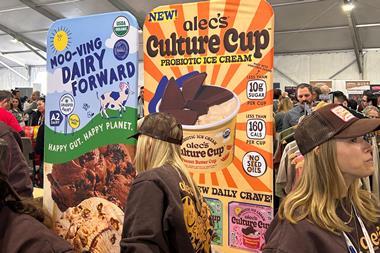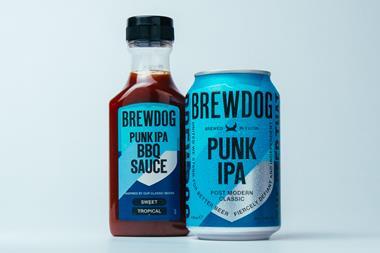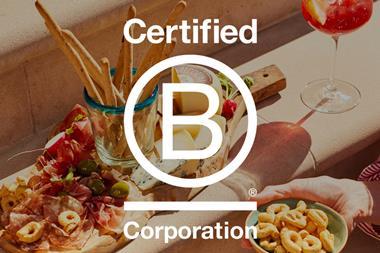![]()
Since the first UK supermarket opened in 1948, the grocery industry has adapted to consumers’ ever-changing needs – including the fast-growing demand to shop online.
British shoppers buy more food online than any other country, and one in three plan to increase this habit. The average online grocery shop in the UK totals £64 and digital trolleys are four times larger compared to in-store purchases.
As a result of its digital success, Ocado plans to sell clothing and homewares, while Amazon has boosted its grocery presence, acquiring Whole Foods. TV is supporting this growing demand for online grocery shopping – including many fmcg brands – more than many realise.
In depth: Why Amazon is going big on coffee for its own-label strategy in the UK
Since the UK’s first ad aired in 1955 for Gibbs SR toothpaste, TV has been key for grocers. Brits watch two hours of TV a day, and the impact of ads on individuals has increased 3.4% compared to 10 years ago. There has also been a huge rise in second screening – the use of a mobile device while watching TV – deepening interaction with brands and increasing television’s power.
The proof is in the pudding. Marketers at a popular juice brand who struggled to measure advertising impact used purchase-based data to create a custom audience target, activating their TV campaign across 48 networks. In eight weeks, the campaign saw a 14% sales uplift per exposed household, and 68% of incremental sales came from freshly acquired customers.
With brands cutting digital spend after brand safety and accountability issues, TV is increasingly enticing as it offers zero ad fraud, the opportunity that the entire ad will be seen by multiple viewers at any one time, and brand-safe environments. And with 45% of people shopping online while viewing TV, it acts as a performance-marketing channel that can meet specific brand KPIs – a well-executed campaign can increase ROI 10-fold.
Opinion: Product recommendations make a real difference to e-commerce sales
Fmcg brands in particular use sensory cues to boost purchase intent, while targeting households with children can help advertisers push a wider range of products. This is particularly important in the run-up to Christmas, when grocers must ensure the £6bn spent on TV ads is as effective as possible. By utilising analytic technologies, marketers can optimise campaigns towards KPIs, achieving maximum ROI. They will be able to understand the best network, programme and time of day to capture attention.
Thanks to the correlations between consumers’ shopping, viewing and online habits, it’s clear that TV ads can help grocery brands achieve their marketing goals. Add to this the ability to measure and optimise TV spend, and marketers can justify ad spend, even when overall budgets are decreasing.
Marlene Grimm is analytics manager at TVSquared


















No comments yet